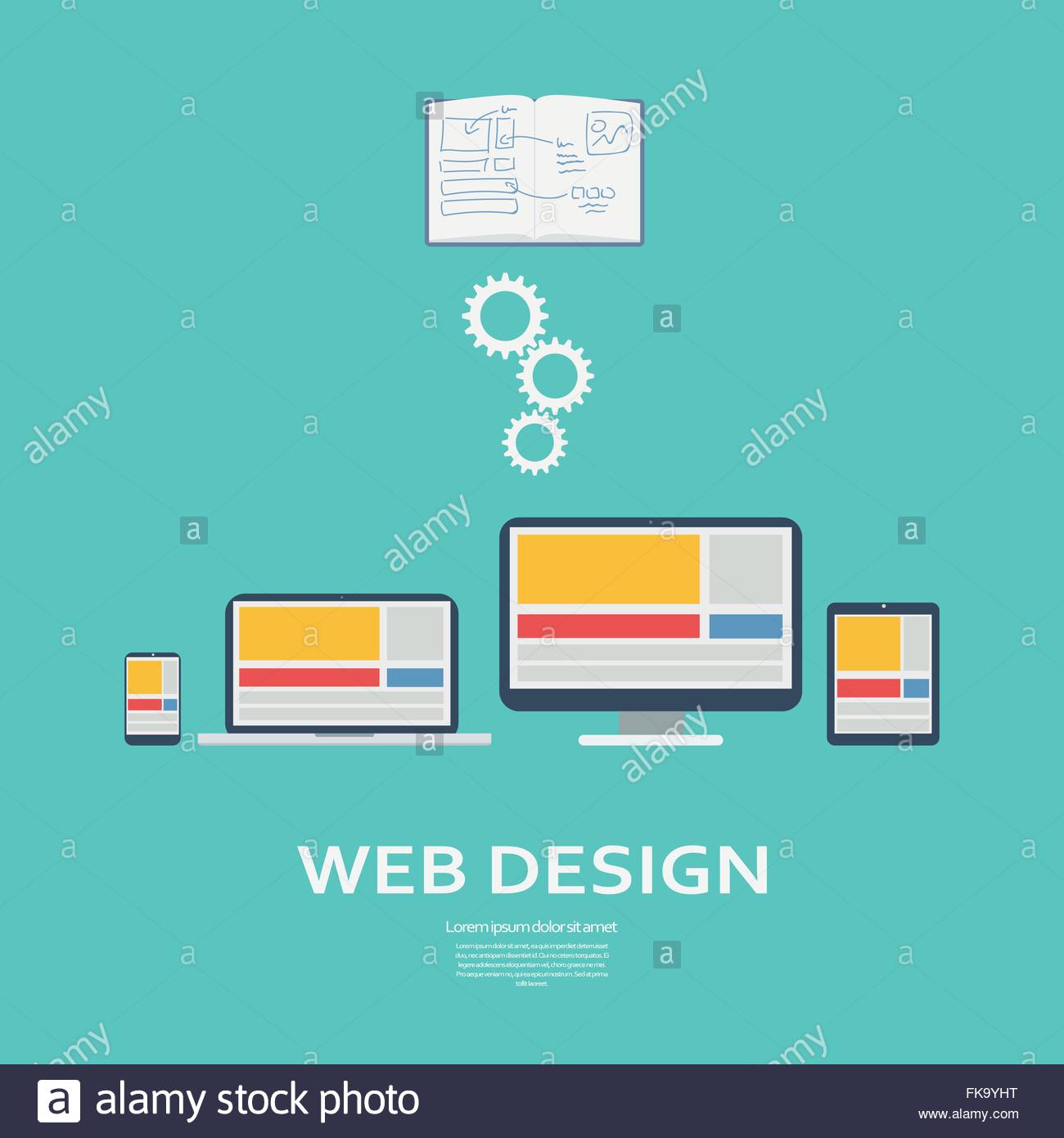The Development Of Web Site Layout: From Earlier Times To Now
The Development Of Web Site Layout: From Earlier Times To Now
Blog Article
Web Content Produce By-Johnsen Molina
In the past, websites were basic and focused on details. Navigating was direct, and style was for desktop computers. Currently, individual experience is essential. Information overviews styles for very easy navigation. Receptive layouts fit different tools. Today, dark setting decreases pressure, and minimalist food selections enhance navigation. Interactive functions involve individuals, and strong visuals stand apart. AI assimilation boosts engagement. See how layout has developed to boost your on the internet journey.
Very Early Days of Website Design
In the very early days of web design, simpleness preponderated. visit this website link were standard, with minimal colors, fonts, and formats. The focus got on providing information rather than flashy visuals. Customers accessed the web through sluggish dial-up links, so speed and performance were crucial.
seo fort worth were straightforward, generally situated at the top or side of the page. Sites were made for desktop computers, as mobile browsing wasn't yet prevalent. Web content was king, and designers prioritized easy readability over intricate layout aspects.
HTML was the key coding language used, and designers needed to work within its restraints. Computer animations and interactive features were minimal contrasted to today's requirements. Web sites were static, with little dynamic content or individualized user experiences.
Surge of User-Focused Layout
With the development of internet site style, a shift towards user-focused layout principles has ended up being progressively noticeable. Today, developing sites that focus on user experience is essential for involving visitors and accomplishing business goals. User-focused layout involves recognizing the demands, choices, and habits of your target market to tailor the web site's layout, web content, and features accordingly.
Developers now perform thorough research, such as user studies and use testing, to gather understandings and feedback straight from individuals. This data-driven approach helps in creating user-friendly navigating, clear calls-to-action, and aesthetically enticing interfaces that resonate with site visitors. By putting the individual at the center of the style procedure, sites can provide an extra personalized and satisfying experience.
Receptive style has also become a vital aspect of user-focused style, making sure that internet sites are enhanced for different gadgets and display sizes. This adaptability improves accessibility and functionality, accommodating the varied ways individuals engage with web sites today. Basically, the surge of user-focused design represents a change in the direction of developing electronic experiences that focus on the needs and assumptions of the end customer.
Modern Trends in Web Design
Explore the latest fads forming web design today. One famous fad is dark setting design, offering a streamlined and modern-day appearance while reducing eye strain in low-light environments. Another vital trend is minimal navigating, streamlining menus and improving user experience by focusing on essential elements. Integrating micro-interactions, such as computer animated buttons or scrolling results, can produce a much more interesting and interactive internet site. Receptive design remains critical, making certain smooth individual experiences throughout numerous devices. In addition, making use of vibrant typography and asymmetrical layouts can add visual interest and draw attention to details web content.
Incorporating AI innovation, like chatbots for customer support or individualized recommendations, enhances customer engagement and streamlines processes. Availability has also become a considerable fad, with developers prioritizing inclusive style practices to accommodate diverse customer requirements. Accepting sustainability by maximizing website efficiency for speed and performance is one more emerging fad in website design. Working together with individual responses and data analytics to iterate and enhance layout constantly is vital for staying appropriate in the ever-evolving electronic landscape. By embracing these modern-day fads, you can create an aesthetically enticing, straightforward site that reverberates with your audience.
Verdict
As you review the evolution of site style from the early days to now, you can see exactly how user-focused design has come to be the driving pressure behind modern-day fads.
Welcome the journey of modification and adaptation in web design, constantly maintaining the individual experience at the leading edge.
Keep current with the most up to date trends and innovations, and never ever stop advancing your strategy to develop aesthetically magnificent and user-friendly sites.
Evolve, adjust, and produce - the future of web design remains in your hands.
